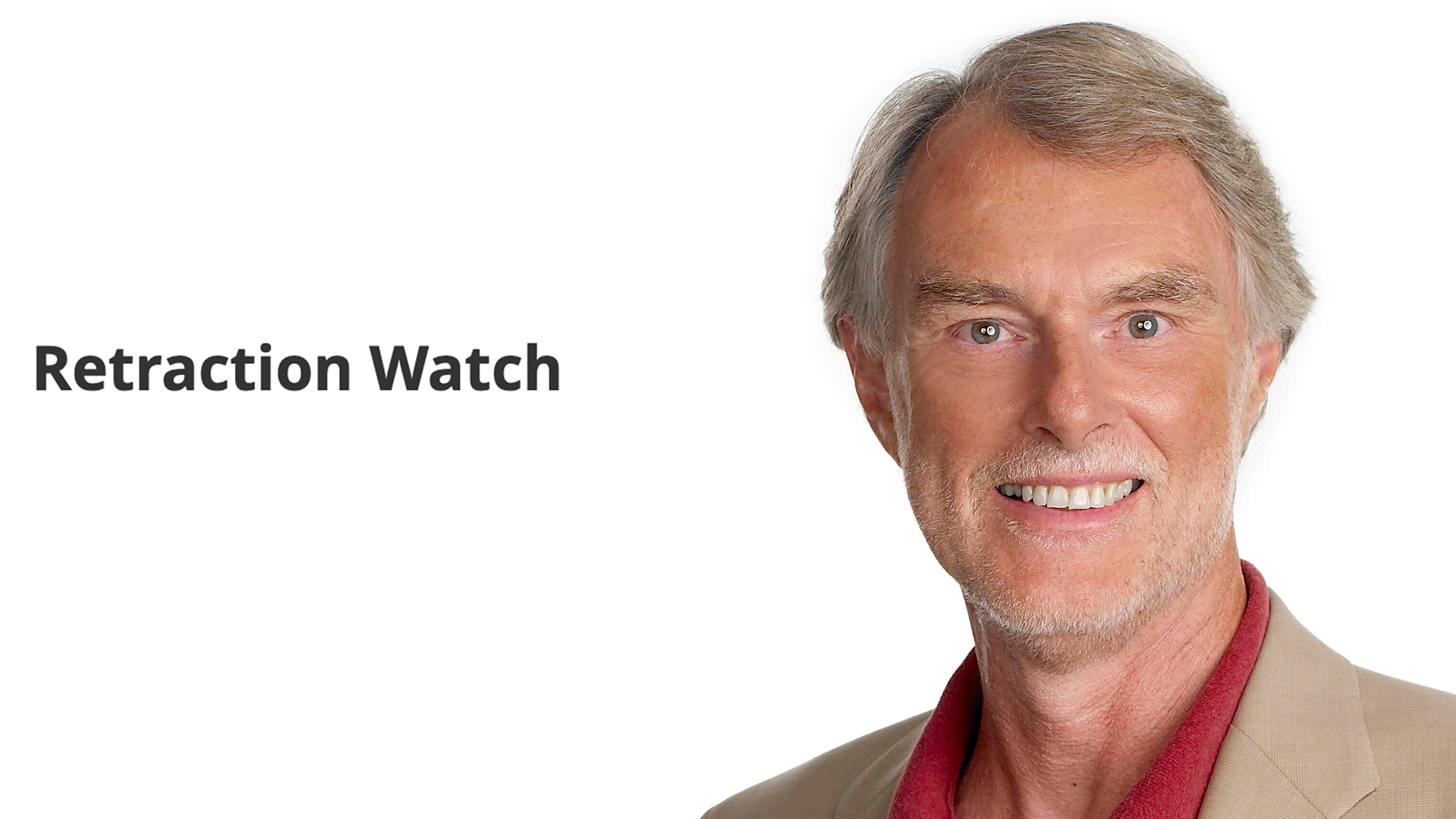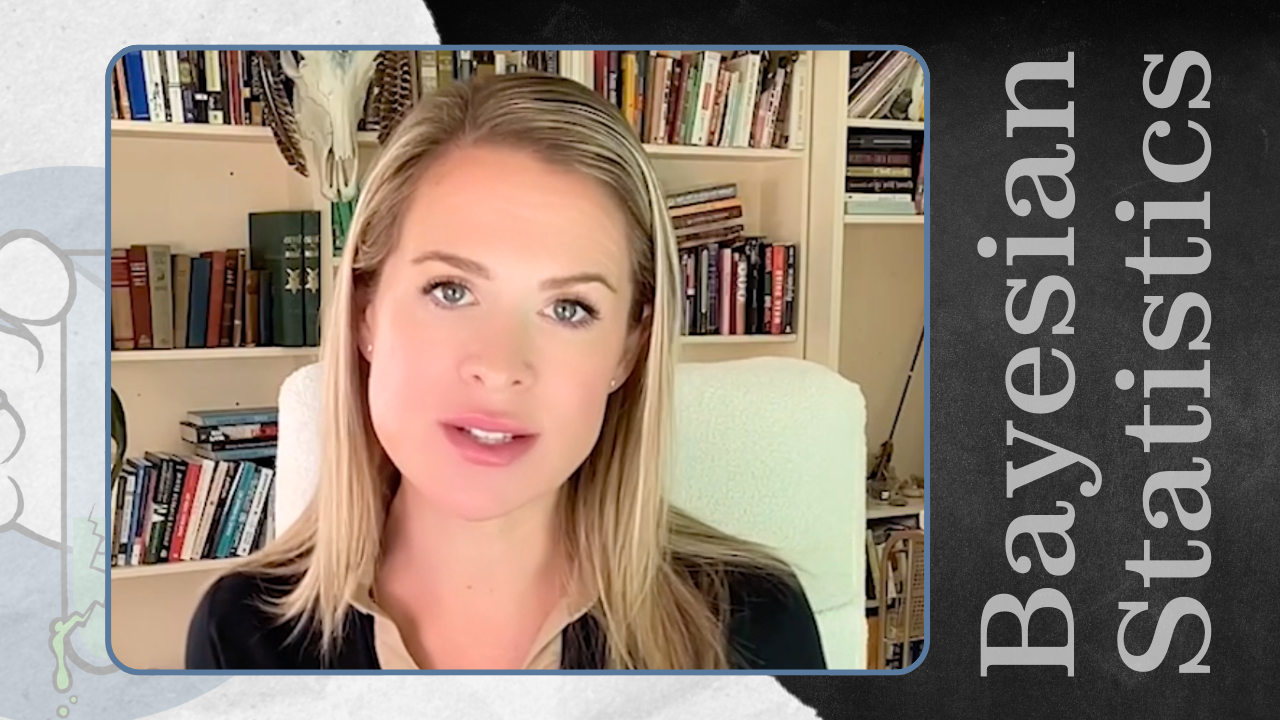Category: Curated Content
Category: Curated Content
William Briggs explains the basics of calculating probability, which pieces of the calculation are subjective, and how the results can influence beliefs and actions.
Economist Gary Smith digs into a published study on green innovations that failed to disclose missing pieces of its dataset.
Breaking down composite endpoints to their component parts.
In this video Emily explains the difference between a Bayesian approach and a frequentist approach to analyzing statistics. A Bayesian analysis looks at prior probabilities combined with data to determine the probability that the hypothesis is true. A frequentist analysis compares the hypothesis to the null-hypothesis, a yes/no approach, to determine if the data could support the null-hypothesis. It then ranks the data with a P-value, but it actually says nothing about the hypothesis being true.
By Emily KaplanHarvard medical school 'research-integrity officer' was co-author of studies in question.
Data falsification claims against Harvard researchers have now expanded to Khalid Shah, a neuroscientist at Harvard Medical school. The claims include 44 instances of fraud spanning from 2001 to 2023.
Explaining how a clinical trial can report success – when there is none.
Scientific misconduct is ever becoming more recognized as a problem, yet what exactly constitutes misconduct varies by source.
Four senior researchers at Harvard's Dana-Farber Cancer Institute have been accused of forging data through “duplications of blots, bands, and plots within images.”








